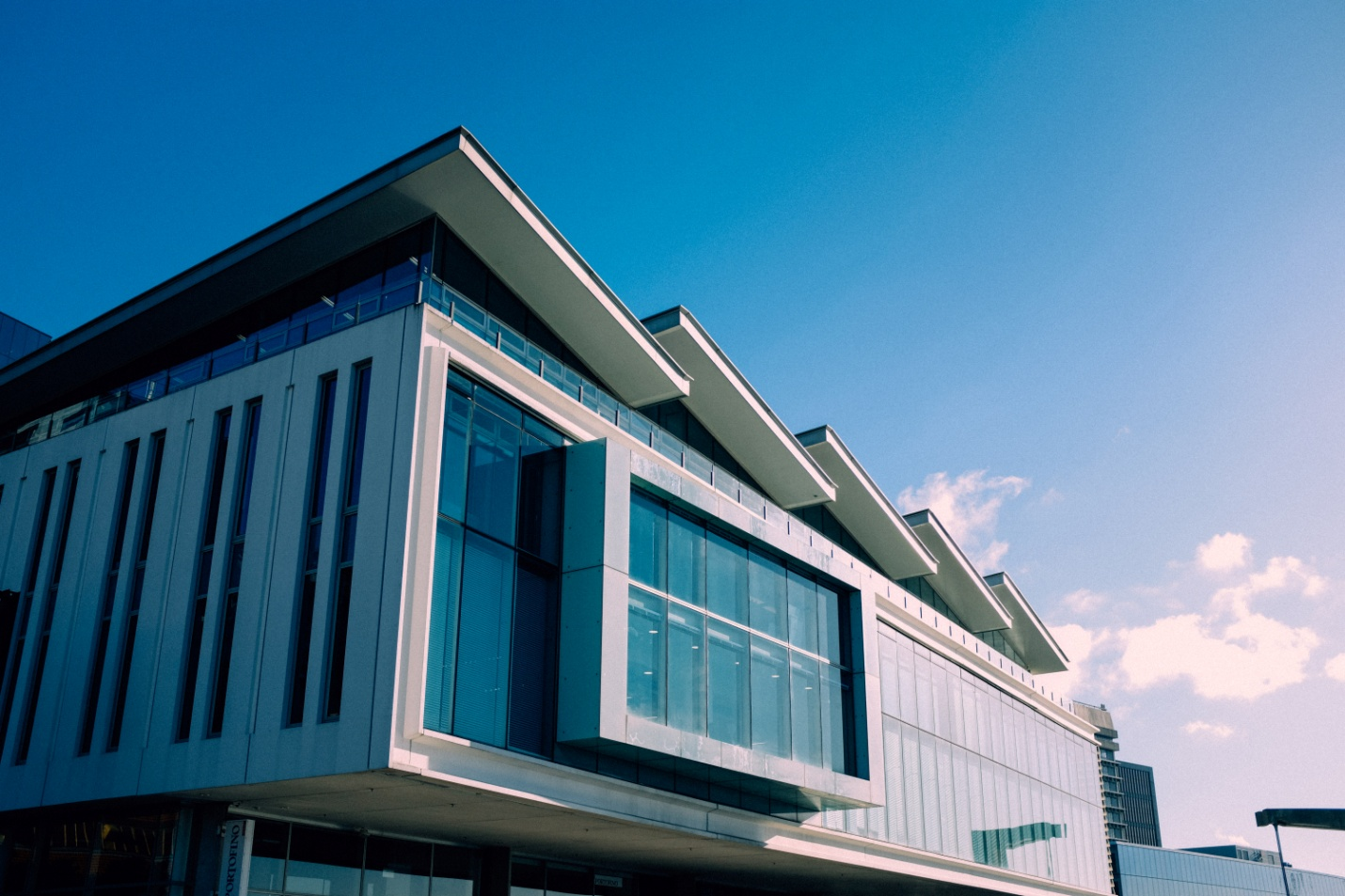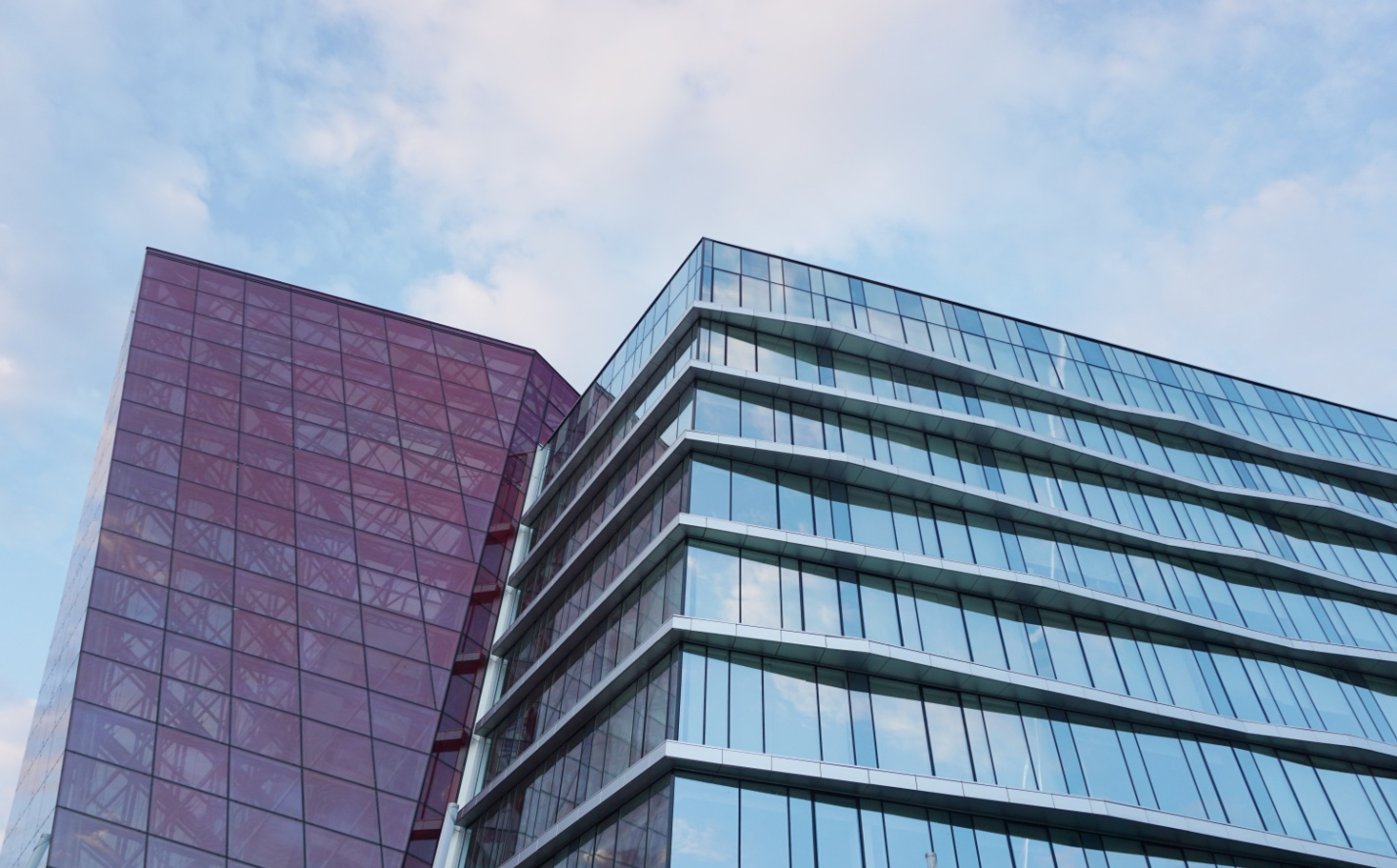If you’re in the market for a flat commercial roofing system in Huntsville for your building, you must have come across a few options. Out of them, TPO and EPDM roofing are two of the most popular ones. That’s because both roofing systems are renowned for being long-lasting, affordable, and energy-efficient. This can make you wonder if one of them is better than the other.
Though neither TPO nor EPDM roofing system is a superior choice, they have varying qualities that can affect your building differently. In this blog post, we’ll discuss both types of roofing and which one you should opt for.
What Is TPO Roofing?
Thermoplastic polyolefin, also known as TPO, is a single-ply roofing material that is rapidly gaining popularity because of its various advantages. These include but aren’t limited to its heat-resistance and energy efficiency.
TPO roofing system comes under the broader ‘rubber roofing’ category. This means that it contains a combination of rubber and other elements. However, TPO is far more environmentally friendly than other plastic roofing systems. The material is also heralded as a more energy-efficient alternative to EPDM and PVC.
Here’s What You Need to Know About EPDM Roofing
EPDM, or Ethylene propylene diene terpolymer, is a synthetic rubber roofing membrane known for its practicality. As a result, this roofing system has been the preferred option for more than half a century now.
EPDM roofs are durable options and will protect a building from weather elements—these also include phenomena such as storms and hail. They’re touted for being durable and will last for around 2-3 decades. That’s not all because EPDM is also a flexible and lightweight material, which makes it a great choice for commercial buildings with low slopes.
Difference Between TPO and EPDM Roofing
If you’re still unsure which of the two roofing systems is better, let’s compare their differences and similarities.
Energy Efficiency and Heat/UV Resistance
TPO roofing systems are quickly becoming the preferred industry choice for their energy efficiency. That’s because they are manufactured to have a “cool” roof and sun-reflective technology. This maintains a cooler temperature in buildings and curtails the need for an additional air-conditioner.
On the other hand, EPDM has a dark surface, which means that the material absorbs heat during summer months. As a result, it can force the cooling systems to work overtime and lead to more costly utility bills.
Puncture Resistance
Though both roofing materials are resistant to punctures, TPO has a slight advantage over EPDM. That’s because these are welded before being installed, which makes them far more enduring against such damages.
You should consider various factors when selecting your roof. However, the product and roof replacement company you choose can make or break your project. At Quality Roofing, LLC, we ensure you get the best bang for your buck with our cost-effective roofing solutions. We are a leading Huntsville Roofing company with decades of experience in providing top-of-the-line commercial roofing Huntsville.
Get in touch now.



